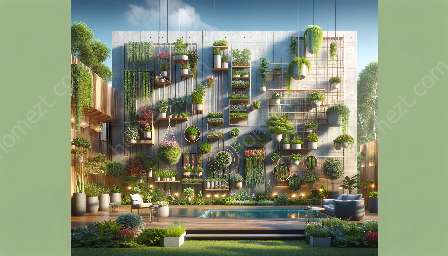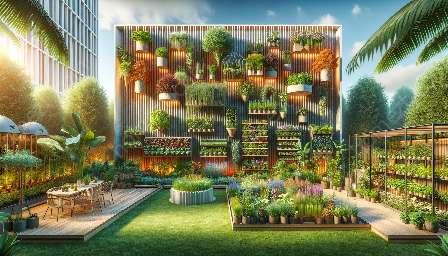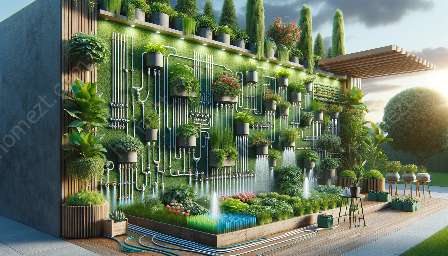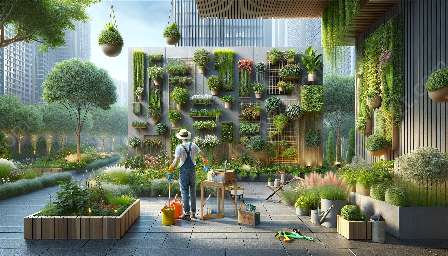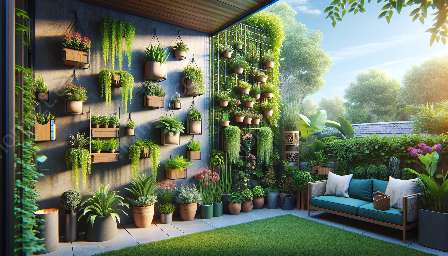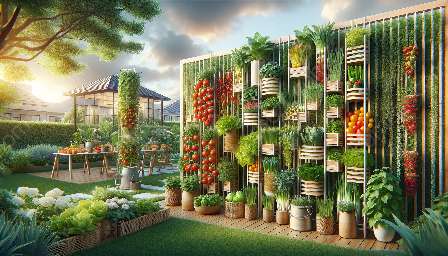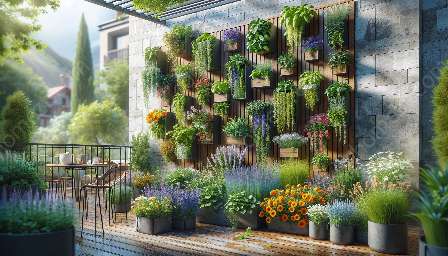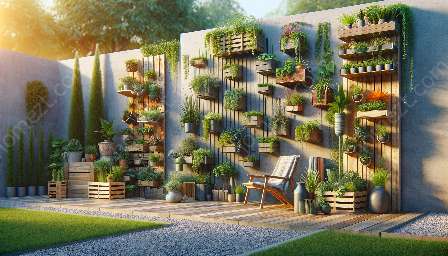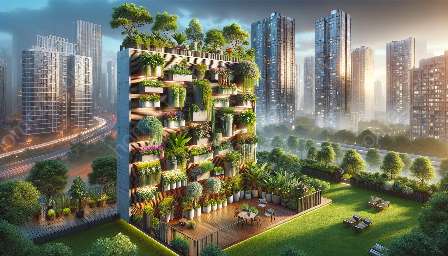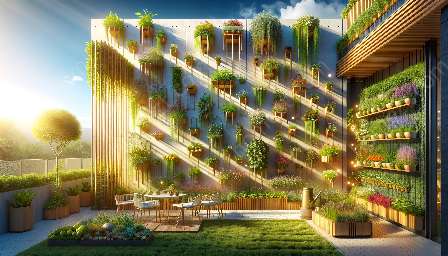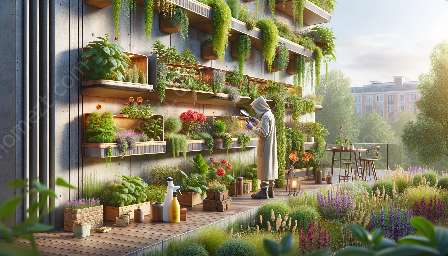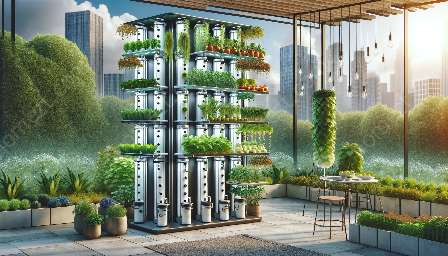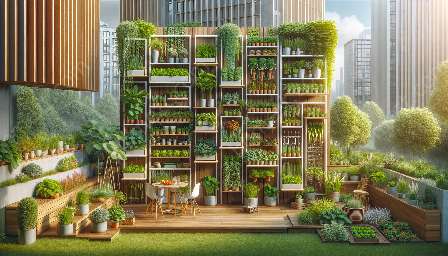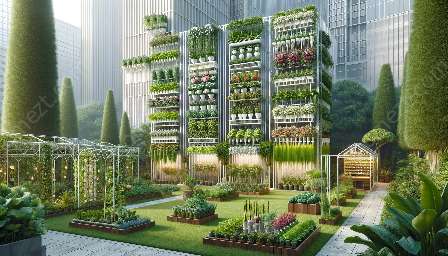Vertical gardens are an innovative and space-saving way to bring greenery into urban environments and small spaces. They can transform bare walls into lush, thriving ecosystems, providing numerous benefits for both the environment and building occupants. To create a successful vertical garden, it's essential to consider key design principles that ensure the health and vitality of the plants while achieving an aesthetically pleasing display. In this comprehensive guide, we'll explore the fundamental principles of vertical garden design and provide practical tips for creating stunning and sustainable vertical gardens.
The Benefits of Vertical Gardens
Before delving into the design principles, it's important to understand the benefits of vertical gardens. These innovative gardens offer:
- Space Optimization: Vertical gardens make use of vertical space, allowing you to cultivate a garden in areas with limited horizontal space, such as balconies, patios, and courtyards.
- Improved Air Quality: Plants in vertical gardens help purify the air by absorbing pollutants and releasing oxygen, contributing to cleaner and healthier indoor and outdoor environments.
- No Soil Erosion: Vertical gardens help prevent soil erosion by stabilizing the soil and reducing the impact of heavy rain and winds.
- Enhanced Aesthetic Appeal: They add natural beauty and visual interest to any space, transforming plain walls into living works of art.
- Sound Insulation: The dense foliage of vertical gardens helps absorb and reduce noise, making them an excellent addition to urban settings.
Fundamental Design Principles for Vertical Gardens
When planning and creating a vertical garden, the following design principles should be considered to ensure the overall health, stability, and aesthetic appeal of the garden:
1. Structural Integrity and Support
Adequate structural support is essential for vertical gardens to bear the weight of the plants, growing medium, and irrigation system. Consider the layout and load-bearing capacity of the wall or structure where the garden will be installed. Incorporate a sturdy support frame or trellis system that can withstand the weight and provide a stable foundation for the plants.
2. Plant Selection and Arrangement
Choose plants that are well-suited to vertical growth and can thrive in the given environmental conditions. Consider factors such as light exposure, temperature, humidity, and water availability. Select a diverse mix of plants with varying textures, colors, and growth habits to create visual interest and balance. Arrange the plants based on their growth patterns, with trailing and cascading varieties placed at the top and upright or bushy plants at the bottom for a harmonious composition.
3. Irrigation and Drainage
Efficient irrigation and proper drainage are crucial for maintaining the health of vertical gardens. Incorporate an automated drip irrigation system that delivers water directly to the plants' root zones, ensuring consistent moisture without water wastage. Additionally, design the garden to allow excess water to drain freely, preventing waterlogged growing media and root rot.
4. Growing Medium and Nutrient Supply
Choose a lightweight and well-draining growing medium that provides adequate aeration and nutrient retention for the plants. Incorporate organic matter and slow-release fertilizers to supply essential nutrients, promoting healthy root growth and vigorous plant development.
5. Lighting Considerations
Assess the available light conditions at the intended vertical garden site and select plants that are compatible with the light levels. If natural light is limited, supplement it with artificial lighting to ensure optimal growth and vitality of the plants. Position the light sources strategically to evenly illuminate the entire garden and avoid overshadowing or shading issues.
6. Maintenance and Accessibility
Plan for easy access and maintenance of the vertical garden to facilitate regular care and upkeep. Consider the installation of walkways, platforms, or integrated ladders to reach the higher sections for watering, pruning, and pest management. Implement a maintenance schedule that includes tasks such as fertilization, pest control, pruning, and periodic inspections for overall health and aesthetics.
Integration with Gardening and Landscaping
Vertical gardens seamlessly integrate with traditional gardening and landscaping practices, offering a creative way to embellish outdoor spaces and architectural features. They can be incorporated into existing garden designs to add vertical interest and create a dynamic visual impact. Whether used as standalone features or as complementary elements within larger landscapes, vertical gardens enhance the overall charm and functionality of outdoor areas.
By embracing the design principles outlined in this guide, you can embark on the exciting journey of designing and creating your own stunning vertical garden. With careful planning, thoughtful plant selection, and adherence to essential design principles, you can transform any vertical surface into a thriving oasis of greenery and natural beauty. Embrace the versatility and allure of vertical gardens as you embark on your gardening and landscaping endeavors, bringing the benefits of nature to new heights.




